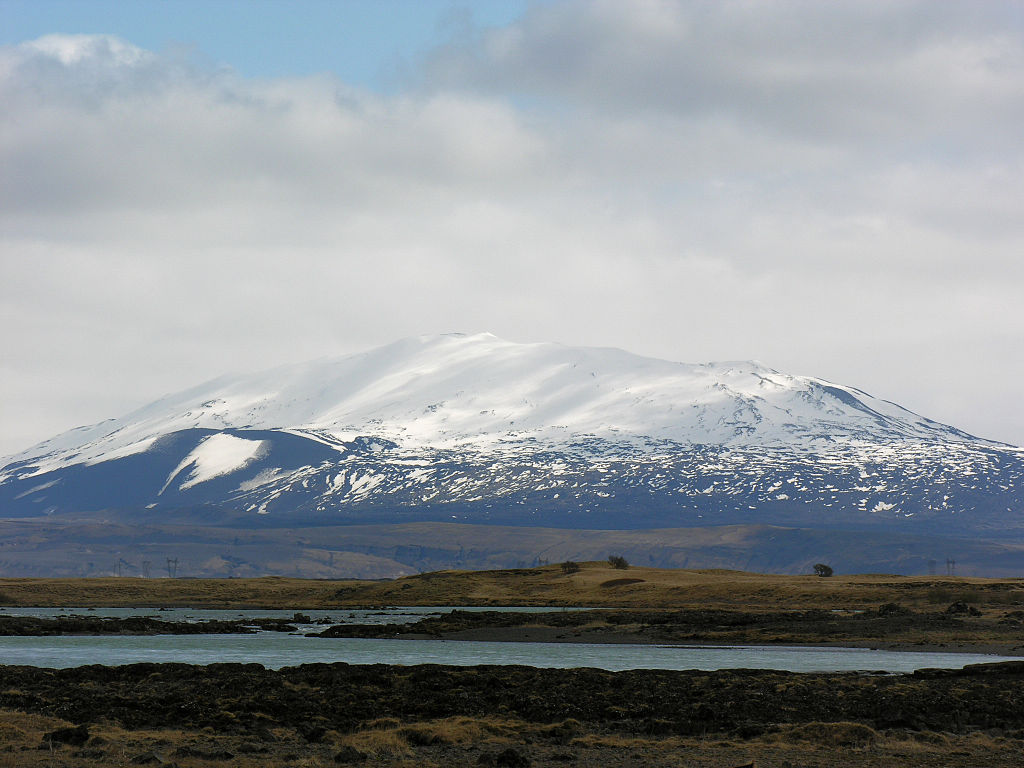Hekla and its eruptions
Hekla and its eruptions
Throughout the Middle Ages, it was believed that the entrance to hell was through the volcano Hekla, perhaps because of the severity of its eruptions.
Hekla is a young volcano (around 8,000 years old) and has erupted at least 20 times since the settlement of Iceland, most recently in 2000. The stratovolcano is built of layers of ash and lava along a fissure. Viewed from the north or south, it is an almost perfect cone, but from the west side, it looks like an upturned boat.
The name Hekla, meaning ‘cloak’ probably derives from garment women wore over their shoulders, as there is often a cloak of clouds over the top of the volcano. Many volcanoes in Iceland have female names and there are some theories as to why that is so!
The volcano is closely monitored yet Hekla gives as little as an hour’s warning when it is about to erupt. Hekla’s 2000 eruption produced basalt ash, contrasting starkly with the surrounding brownish palagonite tuff mountains that have formed in sub-glacial eruptions.
The volcano's most destructive eruption in historical time was that of 1104. Hekla had been dormant for at least 250 years when it erupted explosively, covering over half of Iceland's surface with tephra. Many farms in the vicinity of the volcano were subsequently abandoned.
If you are driving in the vicinity of Hekla, you'll pass beds of pale pumice scattered either side of the road. Pumice is silica-rich and forms in the vent of a volcano during gassy stages of an eruption. It comes out like froth and once it has hardened it is so light it can float. ash was seen in this area.
Those with a 4x4 high clearance vehicle can approach the base of Hekla from the north side on a detour off F225. There a hiking trail leads to a colorful side crater on the flank of the mountain. It is not recommended to climb Hekla's ice-covered summit. Visitors in the vicinity of the volcano should take heed of any warning notices about Hekla eruptions.


